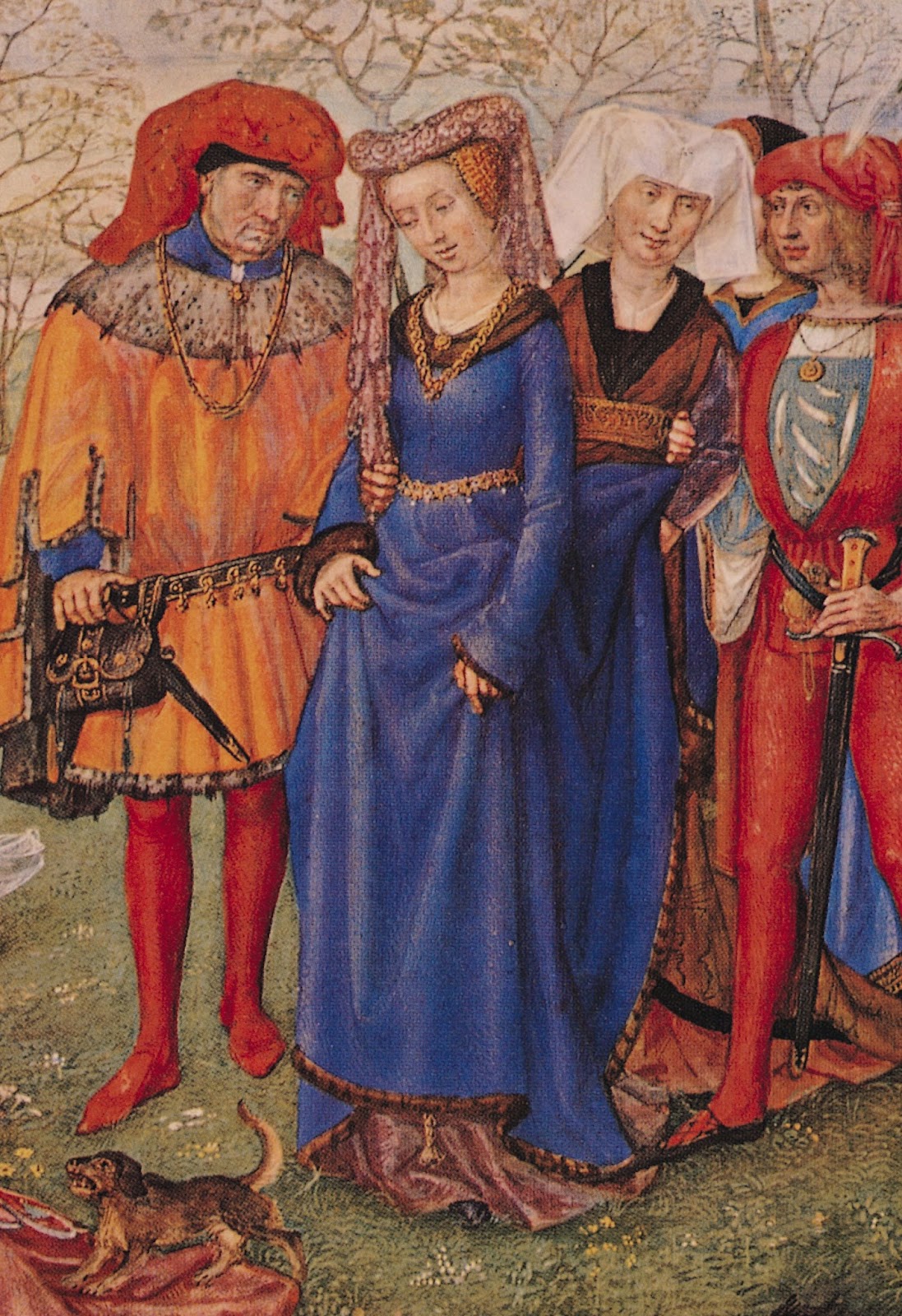The Kingdom of Germany, and its dukedoms, counties, and baronies operated differently than the familiar British and French kingdoms. First, the King was elected by a council of dukes, counts, and clergy. Often, the kingdom was passed down to a son or relative of the previous king as he was named during the monarch’s lifetime. In those cases, the “election” was more of a confirmation.
The knightly class, referred to in the primary documents as Ministerales, were unfree warriors attached to a particular duke, count, bishop, or abbot. Their lord provided each knight with a fief to support himself and his family. The knight was not allowed to marry outside his lord’s familiae (retinue of the lord).
Second, while many British and French lords discouraged marriage because the lord would have to provide for the knight’s family, the German lords did encourage their knights to marry within the familiae and have many children. This caused the lord’s retinue to increase, and many lords became powerful in this manner. Support came from each knight’s fief.
Most of the fiefs were only for a lifetime, and reverted back to the lord upon the knight’s death. Some knights gained favor with their lords and acquired additional fiefs as allods, which passed on to their children.
By good stewardship of their fiefs and allods, some knights became wealthy, and were able to purchase additional fiefs and allods for themselves and their children. Men who could not manage their property well were not choice picks for marriage to wealthy, healthy, educated, and beautiful women.
Most of this information is from Benjamin Arnold’s book, German Knighthood 1050-1300. I am still learning about German customs, and look forward to your comments and questions!



